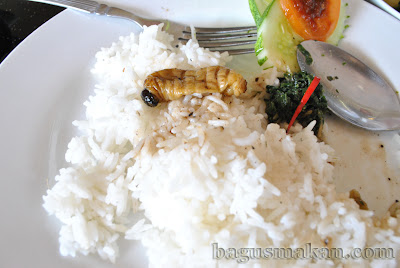Asaalamualaikum and selamat sejahtera for all bloggers..My name is Putri Atikasari..This blog is all about my state at Mukah , Sarawak..
It's all about the culture , events , food and exciting place at Mukah..
Mukah is one of the most exciting place in Sarawak..
After all of you read this blog..i hope that you're gonna enjoy it and give you the impormation about Mukah of course..
Enjoy it ^_^
After all of you read this blog..i hope that you're gonna enjoy it and give you the impormation about Mukah of course..
Enjoy it ^_^




